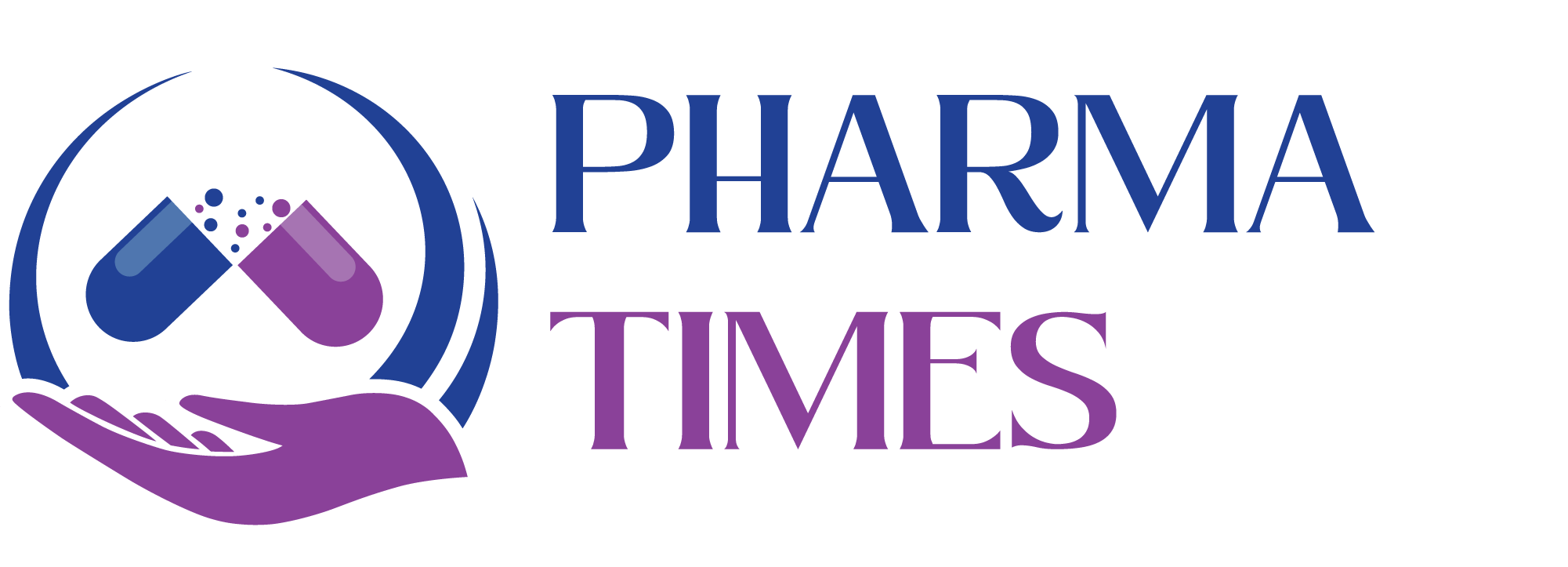Aseptic and Sterile Conditions in Pharma: Key Differences
Aseptic and Sterile Conditions in Pharma: Key Differences
In the pharmaceutical industry, maintaining the highest standards of safety, quality, and efficacy is critical. Two key concepts in this context are aseptic conditions and sterile conditions. Though often used interchangeably, these terms have distinct meanings and applications. This article explores their definitions, practices, and major differences in pharmaceutical processes.
What Are Aseptic Conditions?
Aseptic conditions involve creating an environment or process that minimizes the risk of microbial contamination during the handling, preparation, and packaging of pharmaceutical products. These techniques are vital in:
- Producing sterile products like injections and ophthalmic solutions.
- Performing surgical procedures.
- Conducting microbiological testing in laboratories.
Features of Aseptic Conditions:
- Controlled Environment: Cleanrooms equipped with HEPA-filtered air and controlled temperature and humidity ensure minimal contamination risk.
- Sterilized Equipment: All instruments and containers are sterilized before use.
- Personnel Hygiene: Operators adhere to strict protocols, including wearing sterile gowns, gloves, and masks.
- Precise Techniques: Methods like laminar airflow systems and minimizing human interaction help maintain sterility during processes.
Aseptic conditions are crucial for processes where products cannot undergo terminal sterilization after final packaging.
What Are Sterile Conditions?
Sterile conditions refer to the absolute absence of viable microorganisms on an item, surface, or product. This is achieved using various sterilization methods, such as:
- Heat sterilization (e.g., autoclaving, dry heat).
- Chemical sterilization (e.g., ethylene oxide, hydrogen peroxide).
- Radiation sterilization (e.g., gamma rays, electron beams).
- Filtration sterilization (for heat-sensitive liquids).
Features of Sterile Conditions:
- Microbial Elimination: The goal is to ensure no viable microorganisms remain.
- Validated Processes: Sterilization methods undergo rigorous testing to confirm their effectiveness.
- Continuous Monitoring: Techniques like bioburden and sterility testing ensure compliance with sterility standards.
Key Differences Between Aseptic and Sterile Conditions
| Aspect | Aseptic Conditions | Sterile Conditions |
|---|---|---|
| Definition | Practices to prevent contamination during handling. | A state of being entirely free of microorganisms. |
| Focus | Process-oriented, ensuring sterility is preserved. | End-product-oriented, ensuring microbial elimination. |
| Techniques Used | Cleanrooms, HEPA filters, aseptic handling. | Autoclaving, chemical or radiation sterilization. |
| Scope | Maintains sterility during critical processes. | Produces sterile materials or products. |
| Application | Used in filling vials, syringes, and other sensitive tasks. | Used for surgical tools, implants, and packaged drugs. |
Significance in Pharmaceutical Processes
Both aseptic and sterile conditions are essential for ensuring product safety and efficacy:
- Sterile conditions guarantee the complete absence of microorganisms in products like intravenous fluids and surgical instruments.
- Aseptic conditions ensure sterility is maintained during processes like aseptic filling or assembly of components.
Neglecting these conditions can lead to contamination, compromised product quality, regulatory penalties, and risks to patient health.

